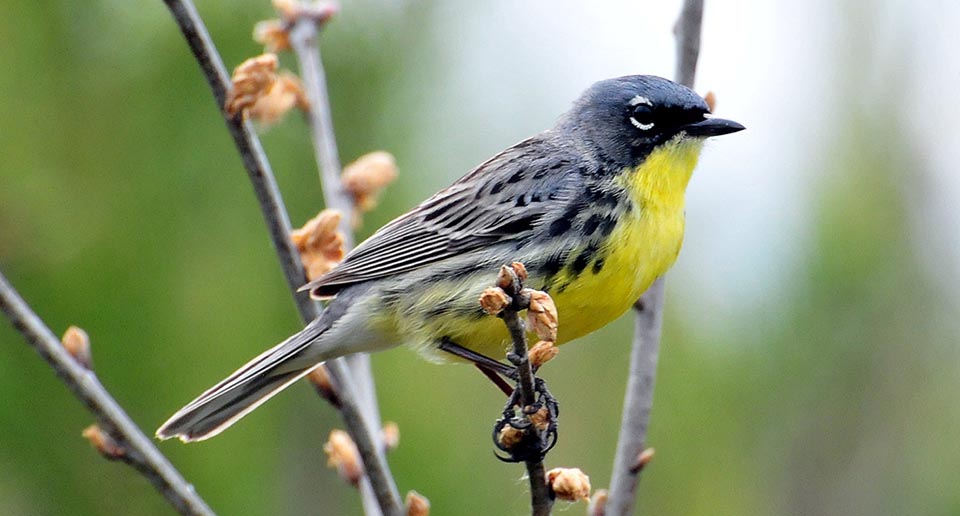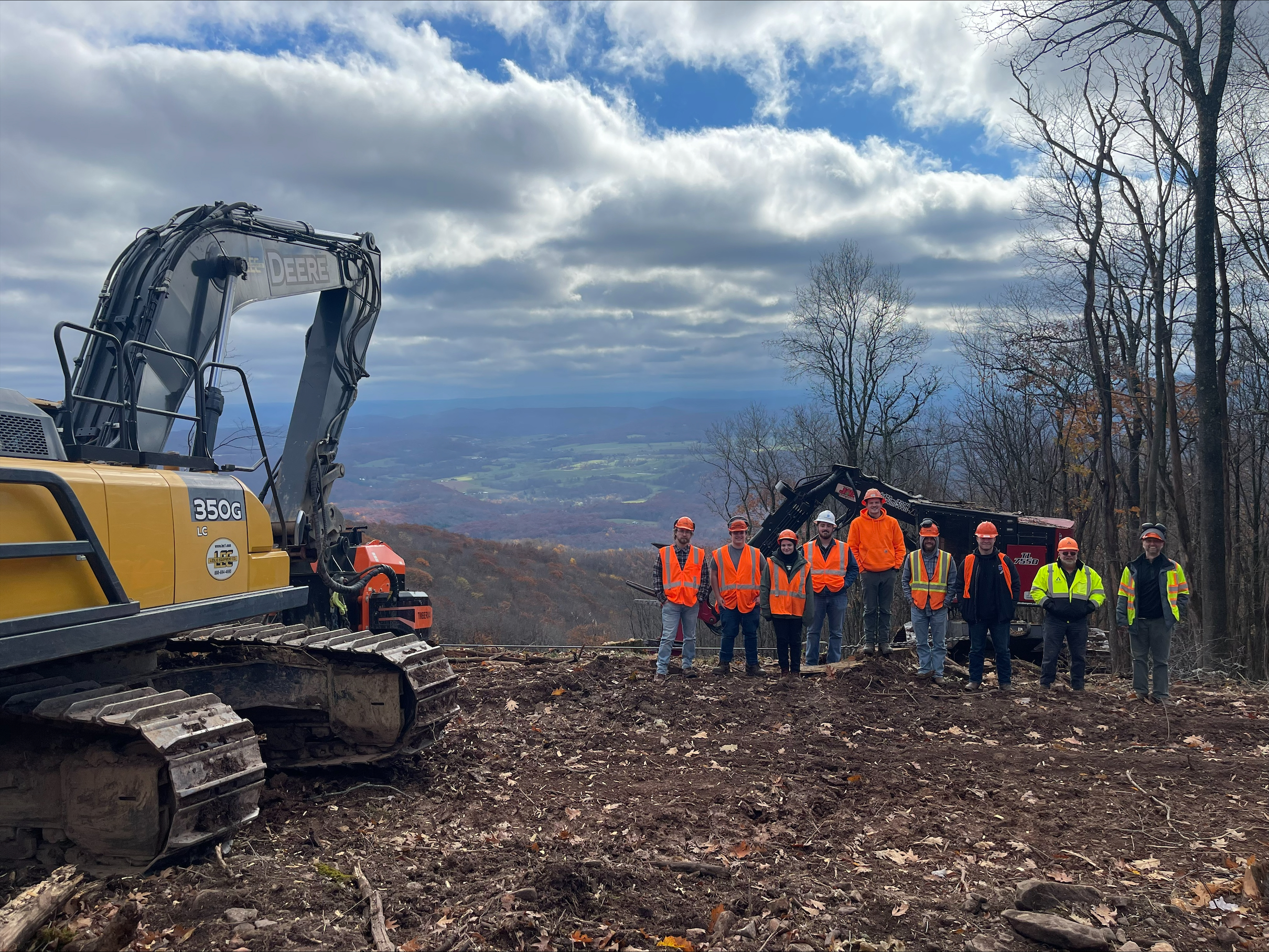
Photo: Joel Trick/ U.S. Fish and Wildlife Service. License.
Fifty years ago, the Kirtland's Warbler faced extinction. With only about 400 individuals thought to exist, it was one of the first species listed under the U.S. Endangered Species Act.
The bird's numbers have increased since it was listed and we're doing our part to create a home for the Kirtland's Warbler on our property in Michigan's Upper Peninsula.
The Kirtland's range is limited, mostly due to the fact that everything must be exactly right before it settles down to raise young. It broods chicks exclusively in stands of jack pine that are about 4-20 years old and 5-25 feet tall, where it builds nests on the ground amidst blueberries and other shrubs.
It turns out our forest regeneration activities happened to create the type of young forest space the Kirtland's Warbler prefers. A biologist with the U.S. Fish and Wildlife Service contacted our team after a Kirtland's was spotted near the Yellow Dog Plains where we operate.
With the help of the U.S. Fish and Wildlife Service, we began to establish young jack pine stands with shrubby openings to attract more Kirtland's Warblers on our land in Michigan.
Like these warblers, jack pines are particular. They prefer a specific type of sandy soil and have traditionally relied on natural fires to create the open spaces needed for their seeds to germinate. Due to forest fire prevention, logging is now the primary forest-clearing agent. And when conditions are just right, jack pines fill in open spaces where seedlings planted for regeneration didn’t survive.
These public-private partnerships are critical for protecting threatened species, like the Kirtland's Warbler and others.
The good news? In April 2018, these efforts contributed to the U.S. Fish and Wildlife Service's proposal to delist the Kirtland's Warbler from the endangered species list.


